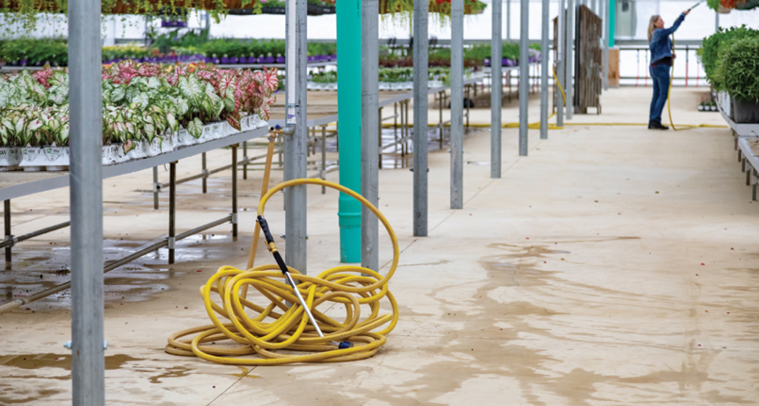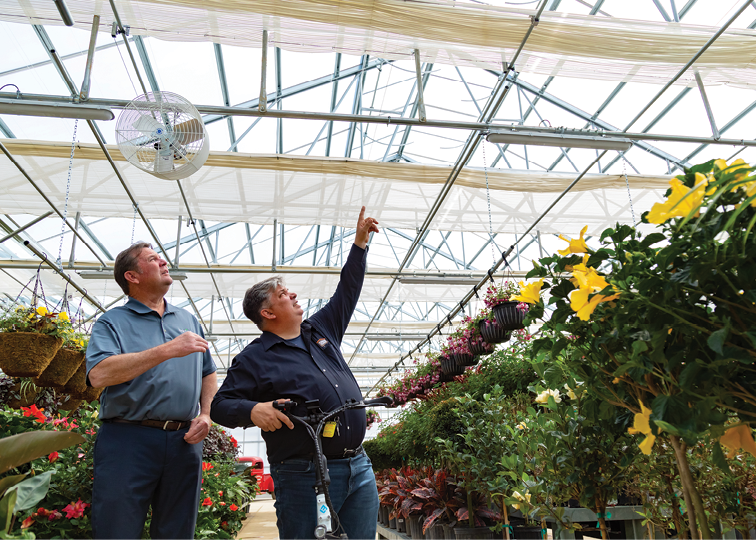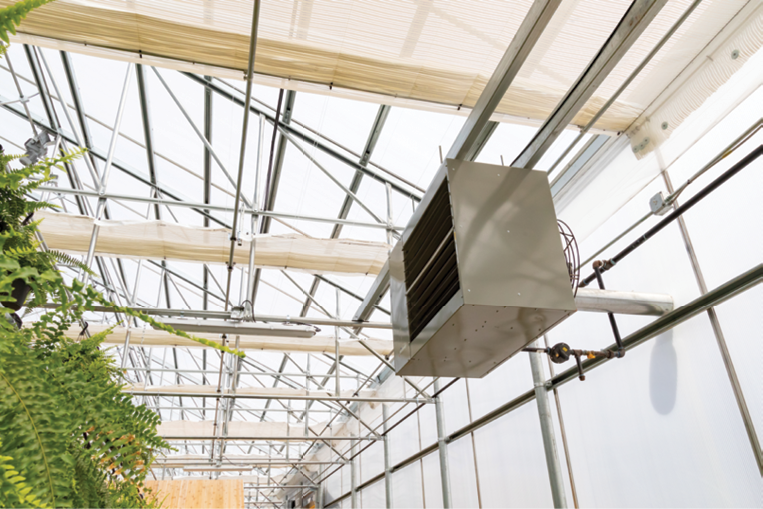
Few aspects of your business are more important than your greenhouse. Each of your structures play a fundamental role in protecting and growing crops year-round. Just one equipment failure or interruption could affect your entire year.
That’s why regular maintenance is critical. By taking the time to inspect and maintain your facilities, you can help reduce the risk of unexpected repairs and keep your business operating in the year ahead.
The risks of poor greenhouse maintenance
Neglecting greenhouse maintenance can lead to serious risks, including:
- Decreased ability to handle severe weather events: As the climate changes, your facility may need to adapt to the increasing frequency of severe weather patterns, which can jeopardize your structure, leading to crop losses and potential harm to your employees. A greenhouse facility that hasn’t been re-evaluated in line with current climate needs or lacks proper maintenance could be vulnerable.
- Unforeseen expenses: If your greenhouse business operates with a tight margin, any unexpected damage from severe weather, such as hailstorm damage, could result in a hefty bill for repairs and new materials. The costs of building supplies continue to rise, and not budgeting for emergency repairs could place your business in serious trouble.
- Long-term loss of products and supplies: An inoperable greenhouse can lead to damage and unsellable crops, products and supplies, especially for businesses dealing in highly perishable goods. Depending on the extent of damage to your facility or greenhouse, it could even become vulnerable to theft.
Here are five reminders to help you keep your structures in top condition.
1. Establish a regular maintenance schedule
Setting a regular maintenance schedule is crucial for the success of your greenhouse. Using a greenhouse maintenance checklist can be an effective tool for ensuring that you keep on top of all the necessary inspections and tasks.
Your schedule should encompass a wide range of tasks, including regularly securing loose clips and bar caps, washing panels, lubricating vent components and servicing heaters and boilers before the heating season begins. Creating and following a regular maintenance schedule is vital to maintaining the health and productivity of your plants and ensuring a safe environment for your workforce.

2. Check your whole greenhouse for integrity
Regular and thorough structure inspections are essential. It’s a big job, and you should set aside a whole day or more to complete a thorough inspection. For large commercial operations, a professional inspection performed by a certified inspector may be the best approach.
At a minimum, inspect the frame, paneling and glazing for any visible cracks, loose bolts and any signs of rust on metal components. Next, inspect the ventilation and heating systems. Are they functioning optimally? Is the greenhouse maintaining an ideal temperature and humidity level?
It’s also a great idea to evaluate the energy efficiency of your greenhouse. A local HVAC company can help assess your setup and recommend necessary upgrades and/or replacements.
3. Keep on top of health and safety
As a responsible business owner, ensuring your workplace is equipped with adequate health and safety measures is crucial to protect your employees from harm.
According to the latest OSHA violations list, many businesses still fail to provide necessary safety protection. This can include fall protection, safe ladder usage and equipment training. Don’t become one of these statistics. Violations could result in fines, and more importantly, injuries to your employees.

4. Be diligent with seasonal maintenance
Your greenhouse’s requirements differ by season. Winter maintenance will focus on good insulation, temperature stability and preventing condensation and mold. In contrast, summer maintenance will focus more on maintaining good airflow and sun protection. Preparing for each season before it arrives can help your facility stay one step ahead.
5. Review and update your insurance program
Maintaining your greenhouse is about mitigating risks and long-term costs. Still, unexpected property damage happens. When it does, your greenhouse’s insurance policy is one of the few ways you can financially protect your business.
In the past year, inflation has led to higher material and repair costs. Meanwhile, supply chain challenges have created longer repair timelines for many businesses. Talk with your insurer to make sure you have the right types and amount of coverage to account for these recent risks.
Looking ahead
The tips and reminders I’ve outlined here should give you a head start. Still, it’s best to have a conversation with your team, local experts and insurer. Together, you can build a plan tailored to your greenhouse’s structure and facilities.
By keeping your greenhouse in top condition, you can continue to focus on what you do best: serving customers and delivering plants year-round.

Explore the December 2023 Issue
Check out more from this issue and find your next story to read.
Latest from Greenhouse Management
- Anthura acquires Bromelia assets from Corn. Bak in Netherlands
- Top 10 stories for National Poinsettia Day
- Langendoen Mechanical hosts open house to showcase new greenhouse build
- Conor Foy joins EHR's national sales team
- Pantone announces its 2026 Color of the Year
- Syngenta granted federal registration for Trefinti nematicide/fungicide in ornamental market
- A legacy of influence
- HILA 2025 video highlights: John Gaydos of Proven Winners





